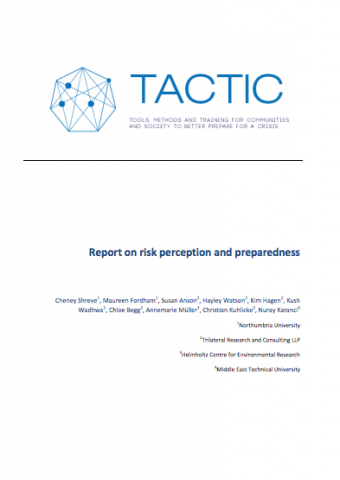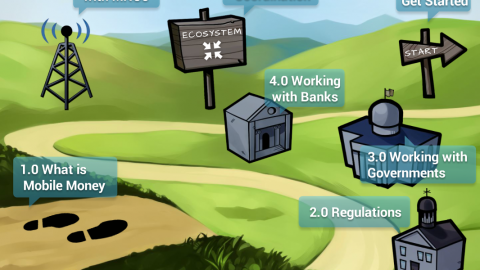International Disaster Response Law (IDRL) in Nepal: A study on strengthening legal preparedness for international disaster response
This report reviews Nepal’s legal and policy framework for disaster response with a focus on large-scale emergencies that exceed national coping capacities. It analyses Nepal’s legal preparedness for disasters by assessing its legal framework against key international standards. The study aims to: Identify gaps and areas of good practice in addressing legal issues and implementing the key regional and […]




